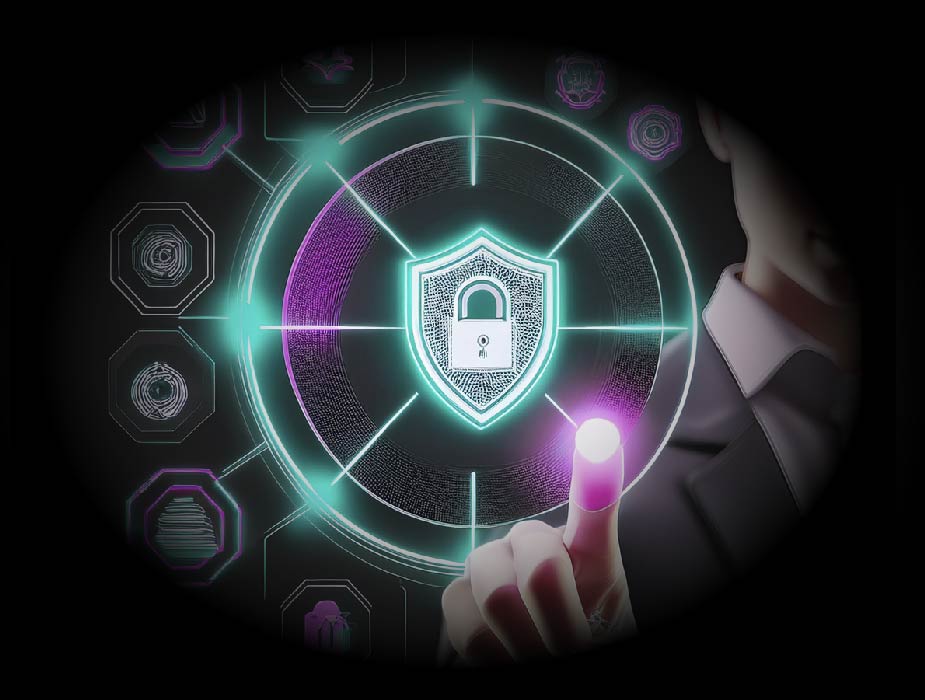SaaS Security Posture Management: A Must-Have for C-Suite Executives

Key Takeaways
1. Critical for C-Suite: SSPM is essential for addressing security risks, ensuring regulatory compliance, and enhancing business resilience as organizations increasingly adopt SaaS applications.
2. Increased Security Risks: SSPM helps mitigate the risks associated with migrating sensitive data to the cloud by identifying vulnerabilities and threats.
3. Regulatory Compliance: Ensures that SaaS applications meet industry-specific data privacy and security regulations, protecting organizations from fines and reputational damage.
4. Key Benefits: SSPM improves security posture, enhances compliance, reduces risks, is cost-effective, and provides visibility across all SaaS applications.
5. Strategic Next Steps: Conduct security assessments, develop security policies, implement SSPM tools, train employees, perform regular reviews, and have an incident response plan in place.
In today's digital age, organizations are increasingly relying on Software-as-a-Service (SaaS) applications to streamline operations and improve efficiency. However, the growing adoption of SaaS also introduces new security risks that must be addressed to protect sensitive data and mitigate potential threats.
- Increased Security Risks: As organizations migrate sensitive data to the cloud, they expose themselves to a wider range of security threats. SSPM provides a comprehensive approach to identify and mitigate these risks, ensuring the protection of valuable assets.
- Regulatory Compliance: Many industries are subject to stringent data privacy and security regulations. SSPM helps organizations demonstrate compliance with these standards, avoiding costly fines and reputational damage.
- Enhanced Business Resilience: By proactively managing security risks, organizations can improve their overall business resilience. SSPM helps to prevent disruptions, minimize downtime, and maintain customer trust.
- Improved Security Posture: SSPM identifies and addresses vulnerabilities, reducing the risk of data breaches and other cyberattacks.
- Enhanced Compliance: Ensures that SaaS applications meet regulatory requirements and industry standards.
- Reduced Risk: Mitigates the risks associated with using cloud-based services, providing greater peace of mind.
- Cost-Effective: Streamlines security management processes and reduces the need for in-house security expertise.
- Improved Visibility: Provides a comprehensive view of the security posture of all SaaS applications.
- Conduct a Security Assessment: Evaluate the current security posture of your SaaS applications to identify vulnerabilities and risks.
- Develop a Security Policy: Establish clear security policies and standards that align with your organization's goals and regulatory requirements.
- Implement SSPM Tools: Invest in effective SSPM tools to automate security monitoring, risk assessment, and policy enforcement.
- Train Employees: Educate employees on best practices for using SaaS applications securely and recognizing potential threats.
- Conduct Regular Security Reviews: Continuously monitor and assess the security posture of your SaaS applications to identify and address emerging risks.
- Incident Response Planning: Develop a comprehensive incident response plan to handle security breaches and minimize damage effectively.
By implementing a robust SSPM strategy, C-suite executives can protect their organization's valuable assets, ensure compliance with regulations, and enhance overall business resilience in the face of evolving security threats.
